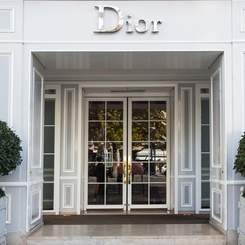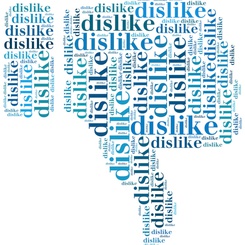What pushes consumers to invest in luxury goods? For Sonja Prokopec – Professor of Marketing, Specialist in luxury brand management and Head of ESSEC’s LVMH Chair – it’s more than just craftsmanship that makes consumers spend that extra cash to invest in a luxury item.
“Luxury products can of course be very beautiful and are always beautifully made, but that’s not enough to connect consumers emotionally with a product,” she says. “Where many luxury brands truly excel is in their ability to build elaborate storylines behind their brand and products, to help consumers connect on a whole new, emotional level.”
In other words, an effective brand storyline helps consumers justify the additional expense of investing in a luxury product. When they share their purchase with friends – a watch for example – there’s a story behind why they picked one over another. More than just craftsmanship, there’s the history of the brand, and a story behind the design of the product.
“The willingness to pay goes through the roof when you have this emotional connection,” adds Professor Prokopec.
Luxury brands can go to elaborate lengths to envelope their product in meaning. Professor Prokopec sites luxury jewelry label Van Cleef and Arpels as one of many stunning examples of storytelling that goes beyond traditional branding to incorporate complex narratives behind their product lines.
In 2011 for example, the label launched its collection Bals de Légende, inspired by five of the greatest balls of the century: The Palais d'Hiver in St Petersburg (1903), the Bal du Siècle in Venice (1951), the Bal Oriental in Paris (1956), the Black and White Ball in New York (1966), and the Bal Proust in Ferrières in (1971). Marketing for the collection included a series of beautifully produced videos that go into detail about each bal and how it inspired the jewels and designs.
“This collection of jewels incorporates some unusual components. It’s a very creative collection and a consumer might have trouble seeing the link between the individual pieces if it were not for the strength of the storytelling. It’s through this storytelling that the consumer comes to understand the meaning behind the designs. This understanding is the basis for an emotional connection to the collection.”
Although it’s not the label’s History per se, History nonetheless plays an important role in the story of Bals de Légende and it’s an integral component to most luxury brand stories. Does a brand need to have history to be truly considered luxury? According to Professor Prokopec, History is indeed a huge part of this idea of storytelling.
“There is no evidence to prove one way or the other if brands need history in order to truly be considered luxury. That said, I feel it’s important to recognize that the really strong luxury brands – Louis Vuitton, Christian Dior, Van Cleef and Arpels – have strong historical roots. They therefore have more to add to their story. They have the story of their founder, of succeeding generations, of a brand proved through the test of time.”
“I would go so far as to say that generational, family-owned brands have an advantage when it comes to storytelling. For example, Ermenegildo Zegna is a high end, Italian men’s luxury brand that is still family owned, now in their fourth generation. This is one of the few true family run businesses left. They are very vocal in communicating this history to their clients and have made this a key factor to their success.”
“Younger brands like Tom Ford and Marc Jacobs are very successful today, but I would wonder if their success will have true longevity. They will be limited in terms of stories they can tell to build that emotional connection.”
Of course, other elements are important – good management, smart strategy and tailored messaging – but it’s important to remember the key role that storytelling plays in building the dream.









